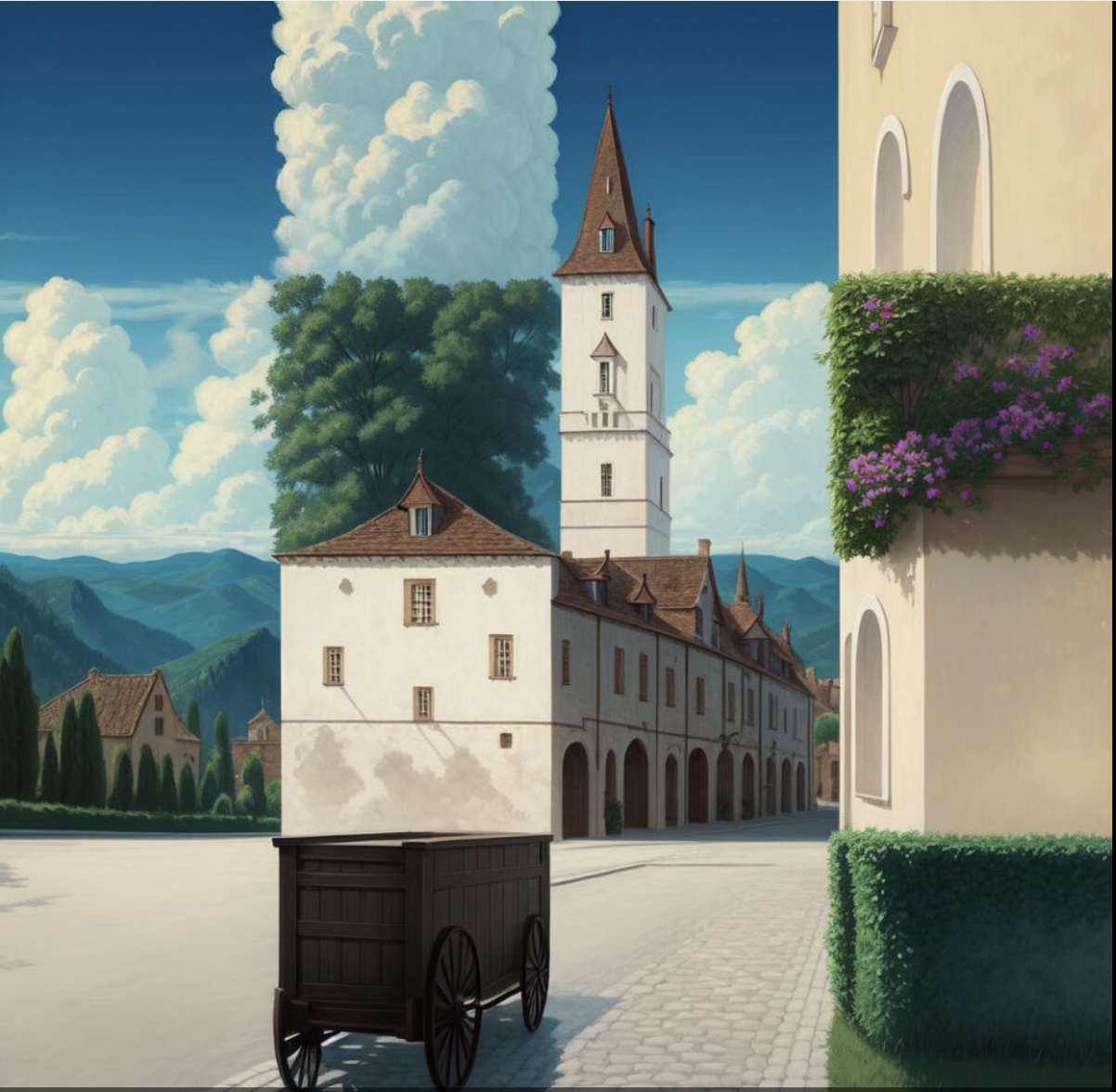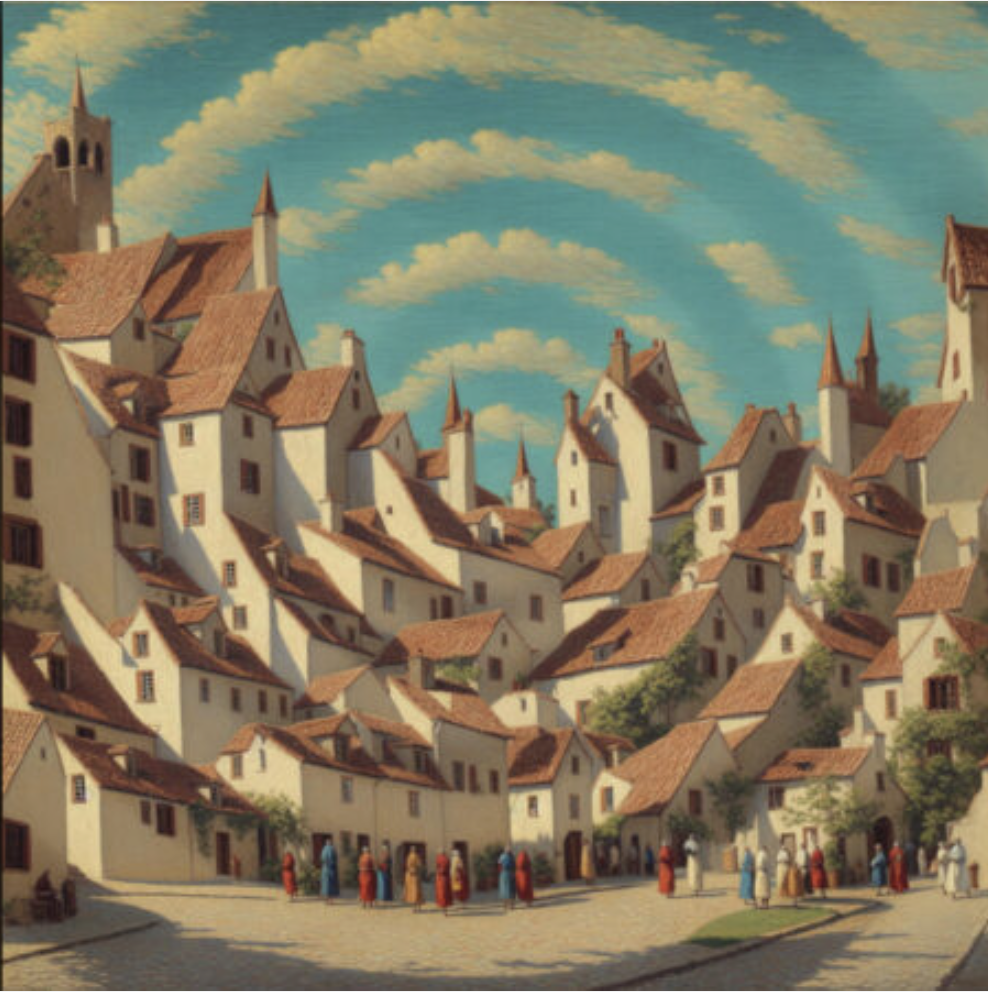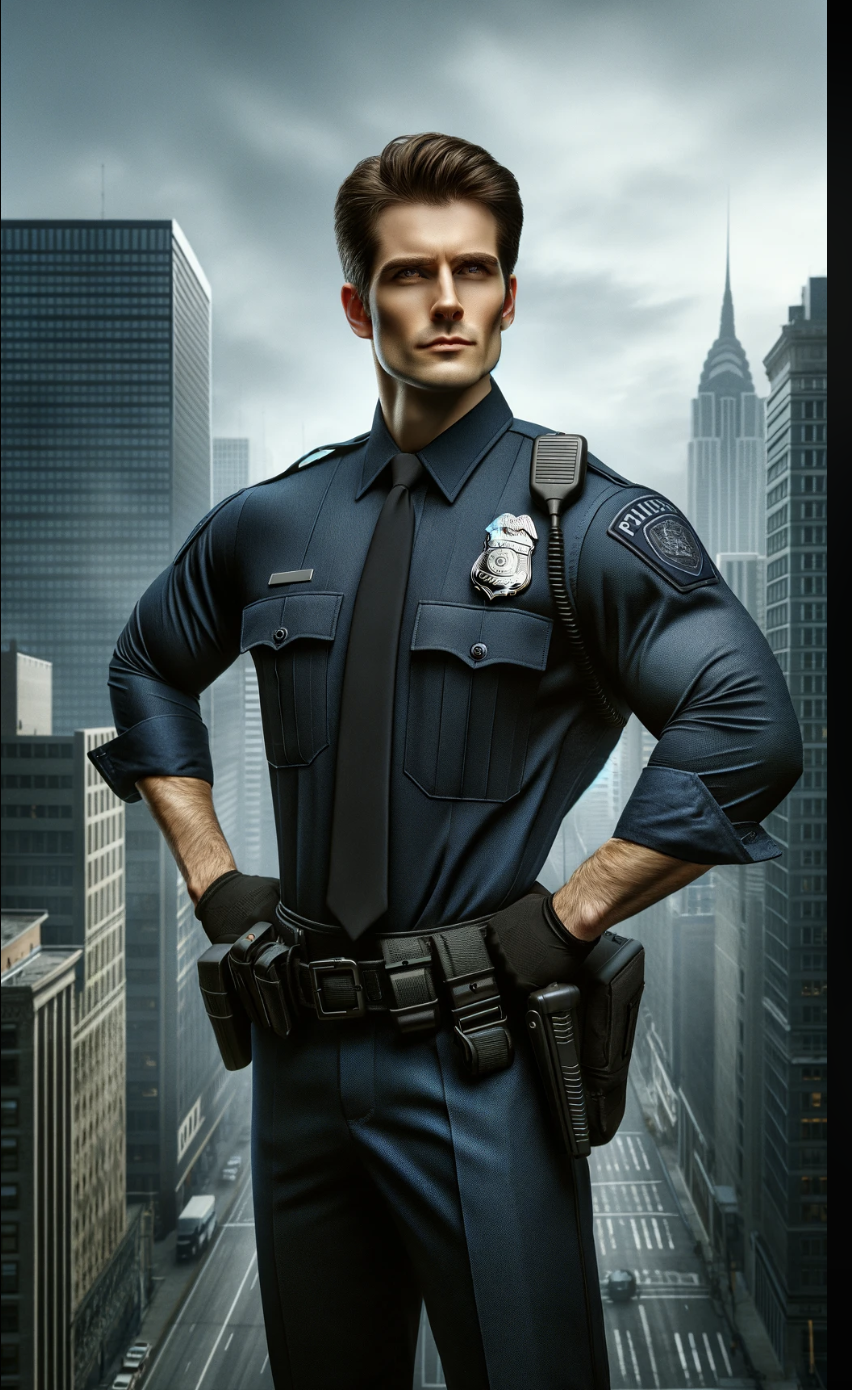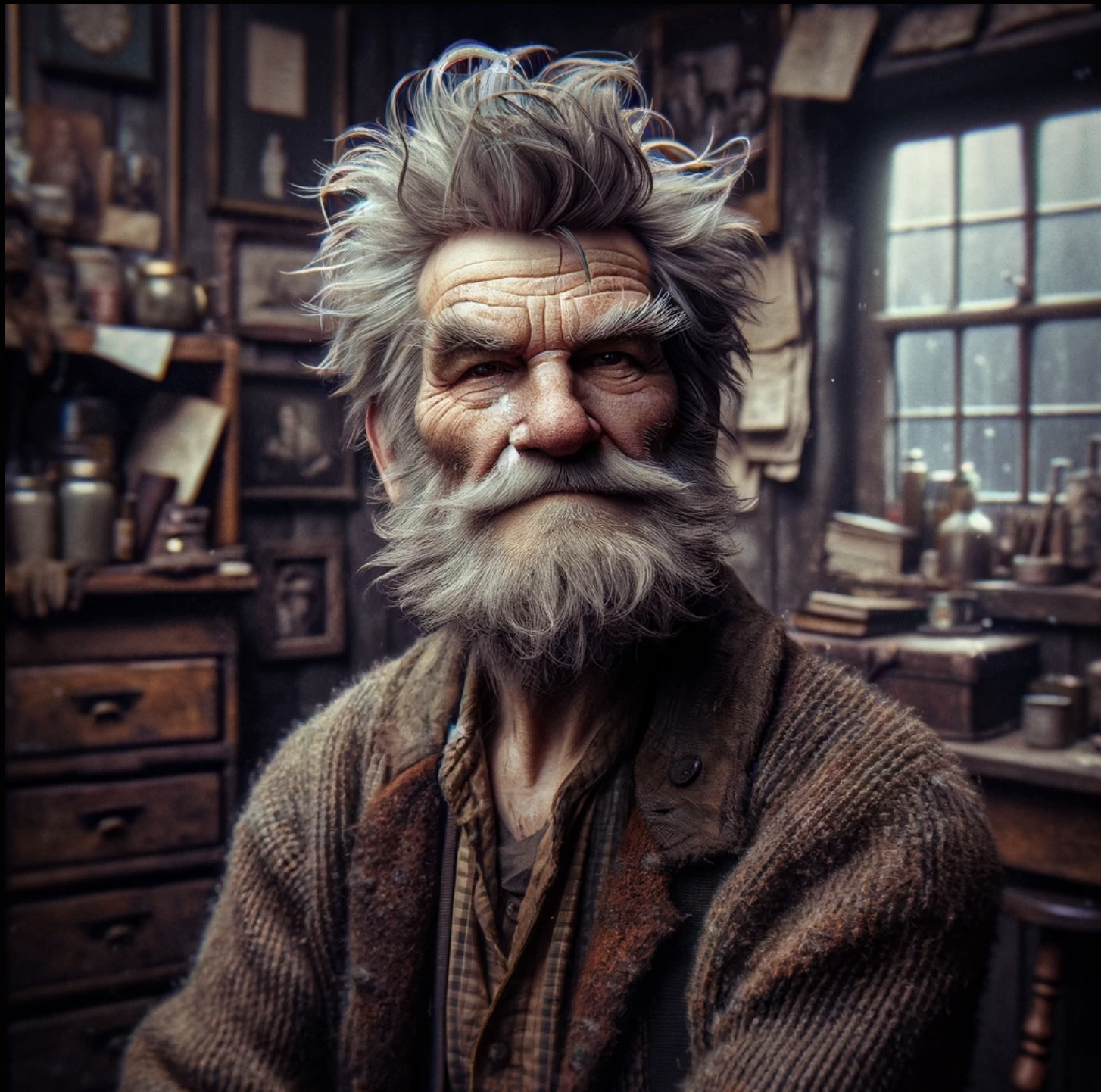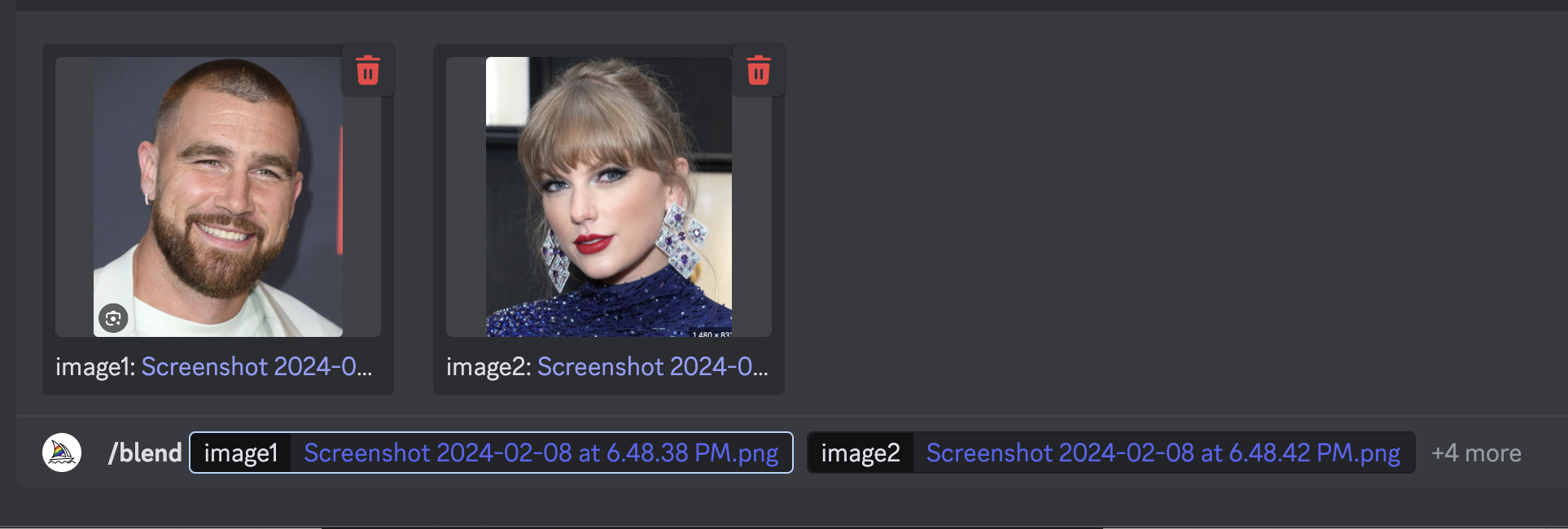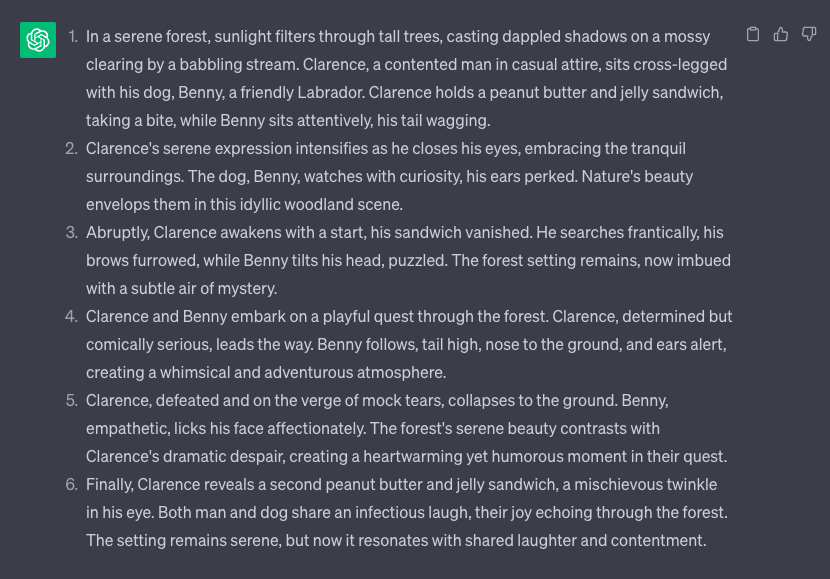To Do This Week
Fictional World Prompt for a GPT
(Writing Exercise #3 – 5%)
DUE by Friday February 9 in a 300-500 word blog post.
Visual Art Series
(Visual Exercise #1 – 5%)
DUE by Friday February 9 as blog post with a short introduction statement and a link to the Google Slides Presentation
Read/Explore:
Blog Prompt: After looking at the Codex Seraphinianus, The Visual Dome and reading the essay about an imagined film, how would you go about creating a visual and text presentation of a fictional world using AI tools? What steps would you take? What are some themes and ideas you want explore in your world?
Notes
Discuss student generated images…
AI Memes
Reddit user named “Ugleh” created the images using Stable Diffusion and a guidance technique called ControlNet.
PROMPT ENGINEERING Principles:
- Detailed Direction: Describe in detail the style and content, reference known styles.
- Assign Roles: Create a fictional scenario to trick the AI into doing what you want.
- Consider a Meta-Prompt: Prepare the ground for a Chat by saying what you expect from the interaction and how the AI should respond.
- Specify Outputs: Define rules to follow and establish the structure of the desired response.
- Increment Prompts: Start with simple prompts and add complexity
- Encourage Creativity: Use open-ended questions or scenarios that allow the AI to generate unique and creative responses.
- Provide Examples: Supply an example for the kind of response what you want.
- Learn from Responses: Pay attention to how different prompts affect the AI’s responses. Use this feedback to refine your approach.
- Split Tasks: Use bullets or ordered paragraphs for complex goals and steps.
- Understand AI Limitations: Recognize the limitations of the AI model you’re working with. Tailor your prompts to align with the model’s strengths and capabilities.
Meta-Prompt Example:
- You are a world-building coach that is knowledgable about the variety of forms that a story-world can take. Help me brainstorm the characters and other features for my world.
- With any of your responses to my prompts, suggest another prompt or question that I can ask you to help shape the world and characters.
- I am going to start by giving you a summary of my world and a sketch of its characters. Based on your initial response and prompt, I will respond with specific questions about character details in an open and free-flowing conversation with you. It is OK if the story veers from its original intention.
Using slang…
A Hot Police Officer
A Prickly Old Man
AI Brainstorming Chats:
AI Strengths and Weaknesses
- mimics human “content” – the text and images on the internet
- not creative, except through human trickery
- understanding of idiom, slang and metaphor
- goal seeking, linear in tasks
- precision prone – avoids errors and mistakes
- no body = no embedded or cultured experience of a cosmos; distributed and non-local
- designed by humans, accessing data with human biases
- fast and undistracted
Human Strengths and Weaknesses
- embodied memories: body + culture = model of a cosmos
- meaning and goal seeking
- creatures of habit
- slow and distracted
- very limited bandwidth
- mistake prone = mistakes lead to eureka moments
- has emotions and feelings!
What is Creativity?
- innate to human – like a muscle
- involves tools and material – digital code is material
- participation, improvisation in a process
- structure vs construction
- muses, inspiration, chance, intoxicants – getting outside habitual thinking, opening up to process and surprise
Why Brainstorm?
- create chaos, a storm in the head, to get out of habitual thinking – make ven diagrams, sketches
- create reference and source material – mood-boards, drafts and models
- iterative processes
In-class Exercise:
Fictional Music Band
In groups of 2-3: Discuss ideas of a fictional music group. and then start a chat to generate a story-world around a music group of 3-6 individual fictional musicians and their debut album.
- band name
- band member names
- band members’ visual description – face, body, clothes
- bad members’ instruments and music influences
- band member backstories
- style of music, influences
- 3-5 album titles
- historical or future period of time of the music
- the bands visual style
Individually: With information about the band and members, each student chats to come up the promotion material for one of this band’s albums
- album cover
- album title
- song-titles
- photos of the members and other material
- album description or backstory
In a blog post, announce the album with its paragraph description, album cover, album song titles, and promotion photos of the band
Generating Characters in Midjourney:
Example Midjourney Prompt:
“Capture a tantalizing image of the perfect pasta dish, rich in colors and textures, under the warm glow of volumetric lighting. Use a Zeiss Otus 55mm f/1.4 lens to achieve exceptional sharpness and vivid details, making the ingredients come to life. Compose the shot by placing the pasta on a rustic wooden table, with ingredients like fresh basil leaves, cherry tomatoes, and grated Parmesan cheese scattered around the dish. Illuminate the scene with a soft, golden light from a window, creating an atmosphere reminiscent of an Italian countryside kitchen. Incorporate a shallow depth of field to draw the viewer’s attention to the pasta’s delicate curls and the glistening olive oil, while the background fades into a soft, dreamy blur. As the volumetric light rays pour into the scene, they accentuate the steam gently rising from the pasta, evoking a sense of warmth and comfort, inviting the viewer to indulge in the exquisite culinary creation. –ar 3:2 –q 2 –q 2”
To build images of characters, play with /blend and /describe. Zoom out for wider shots of the body and the setting. Use in-painting to edit regions and refine with more descriptive prompts.
/blend
Reverse engineer the image and get descriptive text for use another generator.
use examples:
Scripting and Storyboarding:
In ChatGPT paste this initial prompt followed by your story summary from above:
- You are an expert in visual storytelling: animation movies, filmmaking, comics and storyboarding. You are able to break down a written story into its visual components – shots or frames – each described in under 320 characters so that an AI image or video generator would be able to use the shot description as a prompt to create visual images of the original written story.
- I want to generate 5 images to visualize my story. I will write my story summary below, followed by short character bios, and you will come up with 5 images to visualize key moments in my story.
- Important: Provide ONLY a single-paragraph shot description for each moment. The description should convey the setting, characters, situation, style, mood – explicitly. Do not write headings or titles to each shot. Just paragraphs. For each shot description, repeat the description of the setting and/or the character(s), regardless if the same details were in the previous shot. Do not assume shot details are carried over from one shot to another. Don’t refer to a previous setting or character. Describe the whole image again from scratch. Include shot descriptions like “close-up” ,”medium shot”, long shot” etc.
Here is my story:
“In a serene forest by a babbling stream is Clarence and his dog, Benny. Clarence enjoys his peanut butter and jelly sandwich while Benny watches. Clarence closes his eyes to savor nature’s beauty. The dog watches as the man wakes up. Where is his sandwich? Clarence and Benny embark on a playful quest to find the missing sandwich. Then Clarence collapses in mock tears as Benny licks his face. Eventually, Clarence reveals a second sandwich, and they both shared a laugh and a bark.”
Rework the results for each shot by using the same descriptive language for setting and character. Specify lighting, genres, filmstock, director styles:
Basic Camera Angles
- Bird’s Eye View: A high-angle shot looking directly down on the scene from above, often used to establish a location or show a large area.
- High Angle: The camera looks down on the subject from a higher perspective, making the subject appear small, weak, or vulnerable.
- Eye Level: The camera is positioned at the subject’s eye level. This is the most neutral angle, used for general scenes and conversations.
- Low Angle: The camera looks up at the subject from a lower perspective, making the subject appear larger, stronger, or more imposing.
- Worm’s Eye View: An extreme low angle shot looking up from the ground, giving a unique perspective as if from a worm’s viewpoint.
Camera Positions and Movements
- Over-the-Shoulder Shot: A shot where the camera is positioned behind one character, looking over their shoulder at another character or object. Useful for conversations or confrontations.
- Point of View (POV): The camera represents the exact viewpoint of a character, showing what they see from their perspective.
- Tracking/Dolly Shot: A moving shot where the camera travels alongside the subject, keeping them in focus while showing movement through a space.
- Panorama Shot: A wide shot that captures a comprehensive view of a landscape or large setting, often used to establish the scene.
- Close-up: Focuses tightly on a subject or part of a subject, like a face or hands, to capture emotions or details.
- Medium Shot: Shows the subject from the waist up, commonly used for dialogues and showing some background.
- Long Shot: Captures the subject fully within their environment, often used to show the subject in relation to the setting.
Specialized Shots
- Dutch Angle/Tilt: The camera is tilted, causing the horizon line to be diagonal. This creates a sense of unease, tension, or disorientation.
- Crane Shot: A shot taken from a crane or drone, often used to achieve sweeping, aerial views of a location or action.
- Steadicam Shot: A smooth, moving shot achieved using a steadicam, allowing for fluid movement through spaces with minimal shaking.
- Tilt Shot: The camera stays in place but rotates up/down on a vertical axis, allowing for a vertical scan of the subject or area.
- Zoom In/Out: Changing the focal length of the lens to move closer to or further away from the subject without physically moving the camera.
Photography Film Stocks and Formats
- Kodachrome: Known for its vibrant colors and fine grain, Kodachrome was a popular choice for professional photographers and enthusiasts alike, offering a nostalgic, retro look.
- Fujifilm Velvia: Famed for its high saturation and contrast, Fujifilm Velvia is a favorite among landscape photographers for its ability to enhance colors, particularly greens and reds, creating vivid, eye-catching images.
- Ilford HP5 Plus: A classic black and white film, Ilford HP5 Plus is celebrated for its wide exposure latitude and ability to produce rich, detailed shadows and highlights, ideal for dynamic black and white photography.
- Portra 400: Part of Kodak’s Portra line, known for its exceptional color accuracy and fine grain, Portra 400 is versatile and well-suited for portraits and outdoor photography, providing natural skin tones and a soft, classic look.
- Tri-X 400: Another iconic black and white film from Kodak, Tri-X 400 offers a distinctive grain structure and high contrast, perfect for creating gritty, dramatic images that evoke a sense of realism and intensity.
- Cinestill 800T: A tungsten-balanced color film that excels in low light conditions, Cinestill 800T is modified from motion picture film and is renowned for its unique halation effect around bright lights, offering a cinematic feel to still photography.
- AgfaPhoto Vista Plus 200: Known for its bright, punchy colors and affordability, AgfaPhoto Vista Plus 200 is a color negative film that delivers consistently pleasing results for everyday shooting and vibrant landscapes.
- Ektachrome: Revived by Kodak, Ektachrome is a color positive (slide) film celebrated for its fine grain, clean colors, and excellent skin tone reproduction, offering a distinctive look with a slight vintage charm.
- Super 8mm: Not a film stock but a film format, Super 8mm is synonymous with home movies and amateur filmmaking of the 60s and 70s, providing a nostalgic, grainy quality that’s become popular again for its unique, old-school aesthetic.
- IMAX: While primarily a film format rather than a stock, referencing IMAX in an AI prompt can suggest ultra-high resolution and clarity, with an immersive, wide-field view that’s ideal for creating images with a grand, epic scale.
Visual #2: Visual Narratives from a Fictional World 5%
Project Overview
In this project, you will leverage the power of Generative AI to bring your own crafted fictional world to life through a series of interconnected images. This visual narrative will explore a moment or simple story within your unique world, showcasing the depth, consistency, and creativity of your world-building efforts. By integrating characters, landscapes, and key elements from your AI-generated worlds, you will create a cohesive Google slideshow that not only suggests character and story, but also reveals intricate details about the culture, technology, and ecosystems of your imagined reality.
Project Objectives
- Consistency and Cohesion: Maintain visual and thematic consistency across your slideshow to ensure your world feels unified and believable.
- Detail and Depth: Use images to highlight the unique features of your world, including cultural, technological, and ecological aspects.
- Character Integration: Incorporate characters from your world, showcasing their roles, relationships, and interactions within the sequence.
- Storytelling: Each image should contribute to a broader narrative or moment, engaging the viewer with a clear beginning, middle, and end.
Project Requirements
- World-Building Foundation: Base your slideshow images on a world you’ve developed in your World GPT created last week,
- Image Sequence: Create a slideshow of 5-10 images that sequentially narrate a story or depict a significant moment in your world.
- Visual Consistency: Ensure all images adhere to the defined aesthetic, style, and color palette of your world.
- Format Consistency: Ensure all images adhere to a single image format and aesthetic: Photo formats, drawing styles etc.
- Reflective statement: Write a brief post along with the slideshow discussing your creative process, the challenges of maintaining consistency, and how you used AI tools to generate and refine your world and its visual representation.
Steps to Completion
- World-Building Review: Edit your World GPT in the Configure section to refine the characteristics, inhabitants, and themes.
- Narrative Outline: Draft a storyline or choose a moment in the world that exemplifies a critical aspect of your world. Outline key scenes that will be depicted in your slideshow.
- Character Selection: Choose characters from your world that will play a role in the narrative. Detail their appearance, traits, and significance to the story.
- Image Creation: Use AI image generation tools to create visuals for each scene in your slideshow. Pay close attention to the consistency of the world’s aesthetic and the details that highlight its unique features.
- Slideshow Assembly: Compile the images in a logical order that effectively showcases the moment or story sequence. Add brief captions if necessary to guide the viewer.
- Presentation and Review: Present your slideshow to the class, sharing insights into your creative process and how you utilized AI to achieve your vision.
Evaluation Criteria:
- Creativity and Originality: The uniqueness and imaginative qualities of your world and its visual and narrative presentation.
- Consistency and Detail: How well your slideshow maintains the consistency of your world’s features and reveals its depth through details.
- Narrative Integration: The effectiveness of your characters and scenes in showing a compelling story or moment within your world.
- Use of AI Tools: Your ability to effectively use AI in both the world-building and image creation processes, including how these tools influenced your creative decisions.
- Reflective Insight: The depth of your reflection on the project’s process, challenges, and your personal growth as a creator.
This project encourages students to deepen their engagement with their own AI-generated worlds, exploring the potential of visual storytelling to convey complex narratives and world features. Through this creative endeavor, students will develop a more nuanced understanding of narrative construction, visual consistency, and the innovative use of AI tools in artistic creation.

